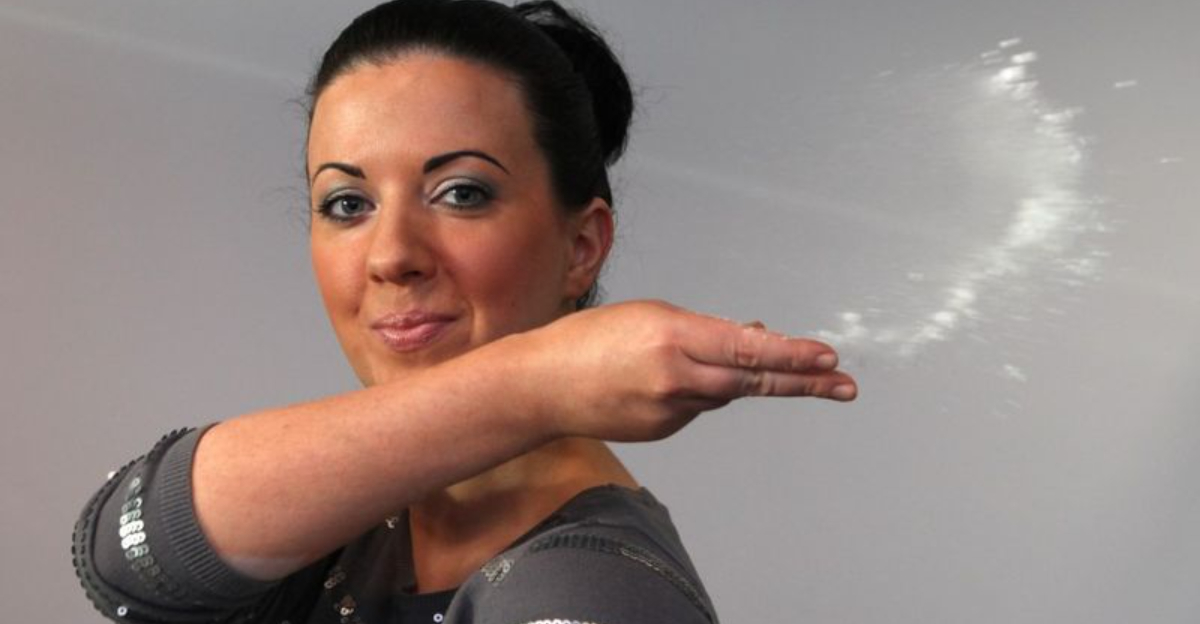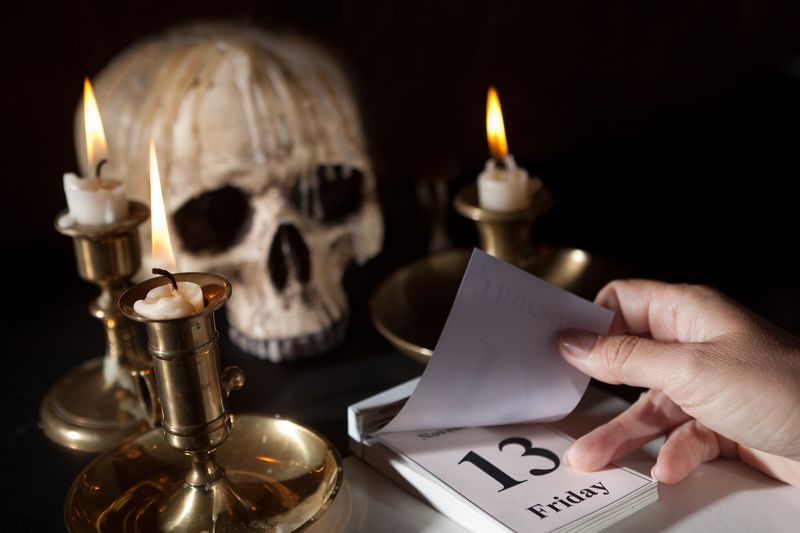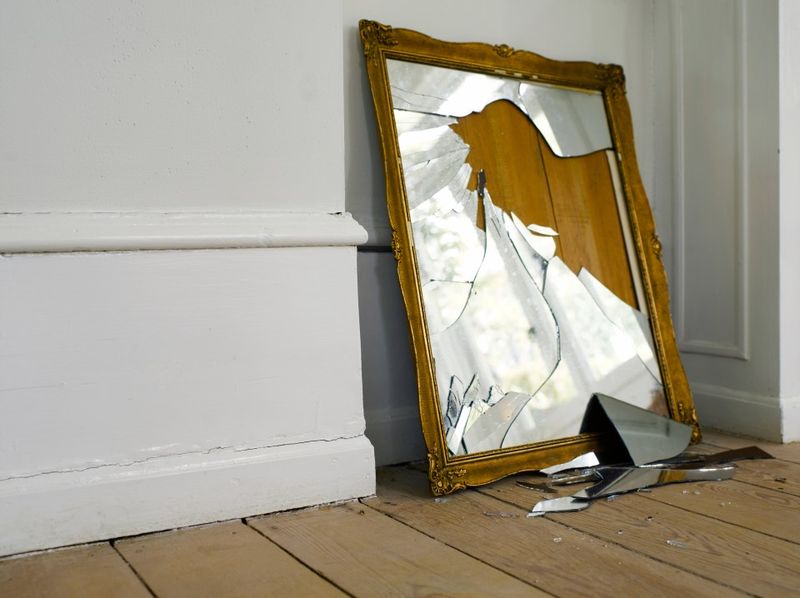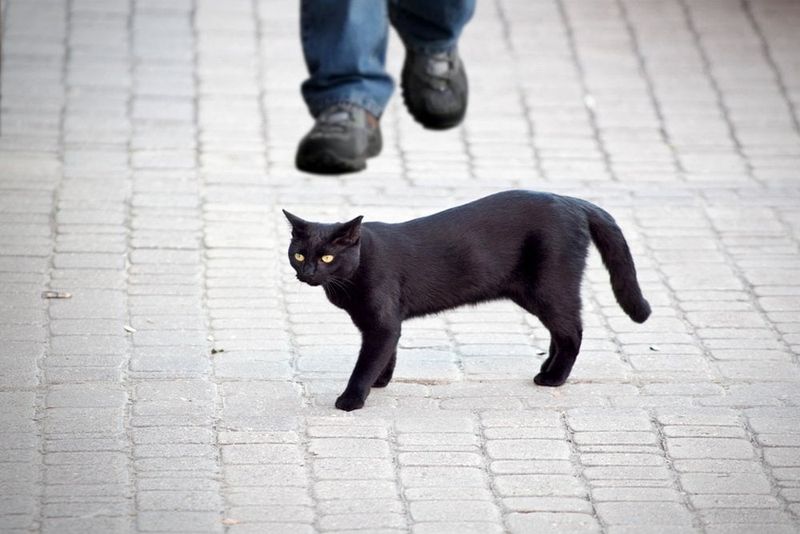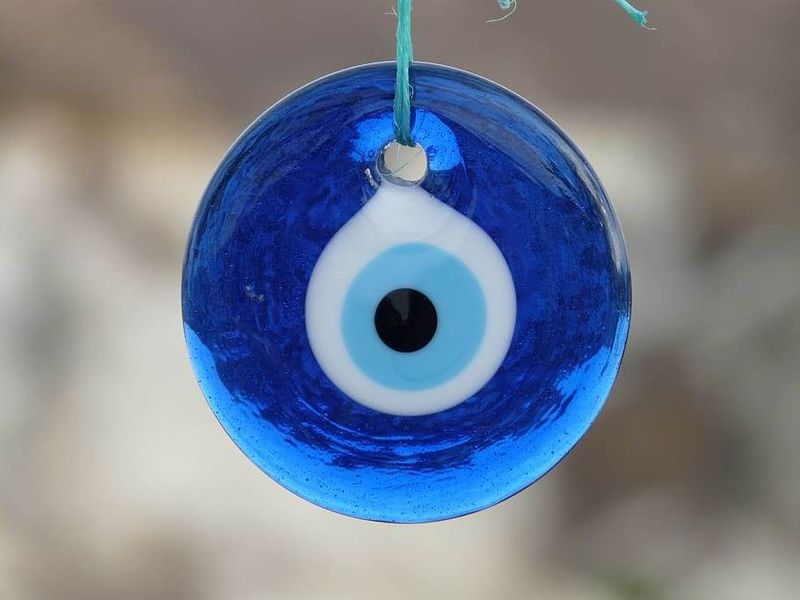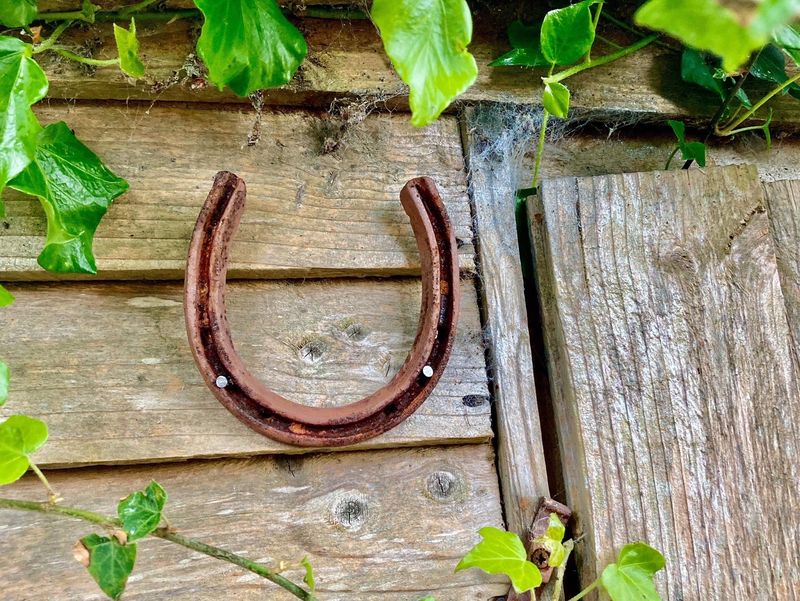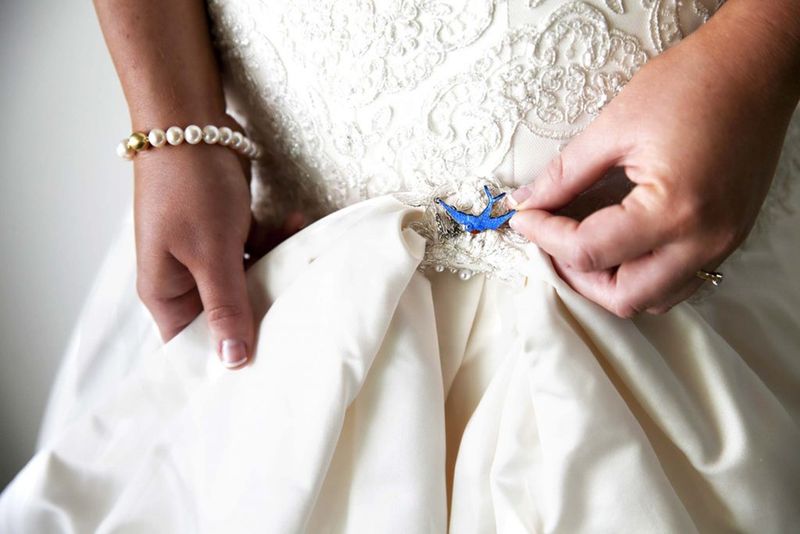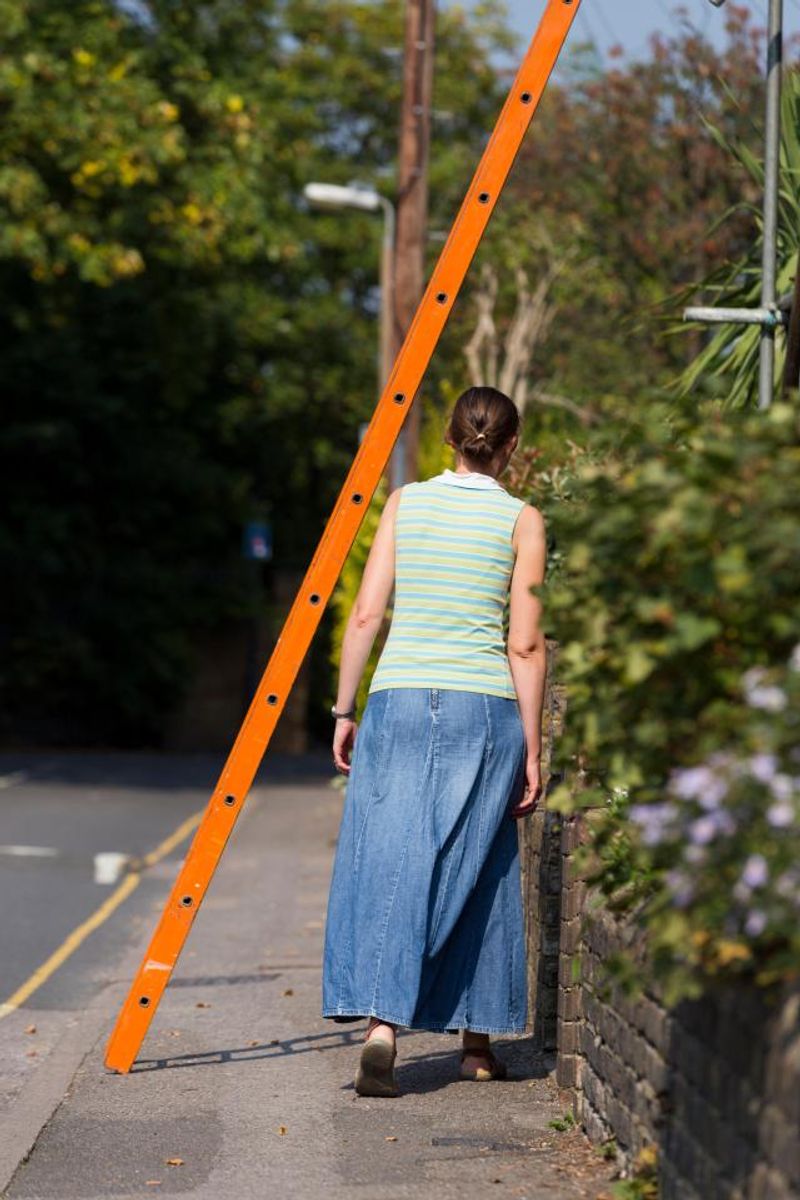Throughout history, superstitions have shaped our cultures and daily lives. Many beliefs, rooted in ancient myths and legends, continue to influence our actions and traditions today. This blog explores ten such superstitions that have withstood the test of time. From simple gestures like knocking on wood to the ominous implications of Friday the 13th, we delve into the origins and lasting impact of these intriguing beliefs.
1. Knocking on Wood 🪵
The habit of knocking on wood is deeply embedded in our culture. Originating from pagan beliefs, it was thought that spirits dwelled in trees. By knocking on wood, individuals hoped to prevent these spirits from overhearing their intentions and sabotaging their good fortune. Today, this ancient practice continues as a way to “jinx-proof” our words, with many people tapping on wooden surfaces to ward off bad luck. So, next time you find yourself knocking on wood, remember its mystical roots and the centuries-old tradition you’re keeping alive.
2. Friday the 13th 😱
Friday the 13th has become synonymous with bad luck, a superstition that has its roots in both Norse mythology and Christian tradition. The Norse believed that Loki, the trickster god, was the 13th guest at a divine banquet, leading to chaos and misfortune. In Christianity, Judas, the betrayer of Jesus, was the 13th guest at the Last Supper. Today, many hotels skip the 13th floor, and people often avoid traveling or starting new ventures on this ominous day. This enduring belief continues to influence the decisions and behaviors of many.
3. Breaking a Mirror = 7 Years Bad Luck 🪞
Breaking a mirror is often met with a wince and a sense of impending doom. This superstition dates back to Roman times when mirrors were believed to capture fragments of the soul. Shattering one was thought to damage the soul, bringing seven years of bad luck—the time it took for the soul to renew itself. Despite advances in understanding reflections, many still cringe at the sight of a broken mirror, fearing the unlucky consequences. It’s a testament to how ancient beliefs can linger in our modern psyche.
4. Saying “Bless You” After Sneezes 🙏
The simple act of saying “Bless you” after someone sneezes is steeped in history. In ancient times, sneezing was believed to expel evil spirits from the body. During the Plague, sneezes were ominous signs of illness or impending death. Today, the phrase is more a polite reflex than a protective incantation. Yet, it remains an integral part of social etiquette, connecting us to traditions of the past. Whether out of courtesy or habit, this expression continues to be a bridge between ancient fears and contemporary manners.
5. Black Cats Crossing Your Path 🐈⬛
The sight of a black cat crossing one’s path can evoke mixed emotions. In Medieval Europe, black cats were seen as witches’ familiars, linked to dark magic and bad luck. Conversely, in ancient Egypt, they were revered and worshipped as sacred creatures. Today, the superstition persists, with some viewing black cats as omens of misfortune, while others consider them symbols of luck and protection. This dual perception showcases the complex relationship between cultural beliefs and the animals that inspire them, continuing to captivate and divide opinions.
6. Throwing Salt Over Your Shoulder 🧂
Spilling salt is often met with a quick toss over the shoulder, a reflex rooted in the fear of bad luck. This superstition traces back to the Last Supper, where Judas supposedly knocked over the salt, symbolizing betrayal and misfortune. The act of throwing salt behind you is meant to blind the devil waiting to exploit your mishap. Today, this quirky ritual is performed by many to ward off negative vibes. While it may seem trivial, it’s a charming reminder of our connection to centuries-old beliefs and customs.
7. The Evil Eye 👁️
The evil eye is an age-old belief that envy can cast a malevolent curse. Originating in ancient Mesopotamia and Greece, people wore blue “nazar” amulets to protect against this dangerous glare. Today, these eye-shaped charms are still popular in jewelry and decor around the world, serving as talismans of protection. The persistence of the evil eye superstition highlights the timeless human fear of jealousy and the measures taken to ward it off, connecting modern society with the mystical traditions of the past.
8. Horseshoes for Luck 🐴
A horseshoe hanging above a door is a classic symbol of luck. This superstition dates back to pagan times, when iron was believed to repel fairies and witches. Hanging the horseshoe upright was thought to “trap” good luck within its curve. Today, horseshoes remain popular as good-luck charms, often adorning homes and businesses. This enduring tradition reflects the human desire for protection and prosperity, showcasing the power of symbols to transcend time and cultural shifts, resonating with those who seek fortune’s favor.
9. “Something Old, New, Borrowed, Blue” 💍
The rhyme “Something old, something new, something borrowed, something blue” is a wedding tradition that endures. Originating in the Victorian era, it was believed to ward off the Evil Eye and ensure fertility and happiness for the bride. Each item represents a connection to the past, future, friendship, and fidelity. Modern brides continue to embrace this superstition, incorporating these elements into their ceremonies. This charming tradition highlights how customs can evolve yet remain deeply rooted in cultural heritage, providing comfort and continuity across generations.
10. Don’t Walk Under a Ladder! ✋
Walking under a ladder is often avoided due to a superstition with ancient origins. In Egyptian mythology, triangles were seen as sacred symbols, representing the trinity of gods. Passing through one was thought to disrupt this divine balance, bringing bad luck. Today, many still sidestep ladders, citing safety concerns or subconscious superstition. This practice underscores how ancient beliefs can influence modern behavior, blending practicality with mystical caution. Whether for tradition or safety, the aversion to walking under ladders remains a curious cultural quirk.
